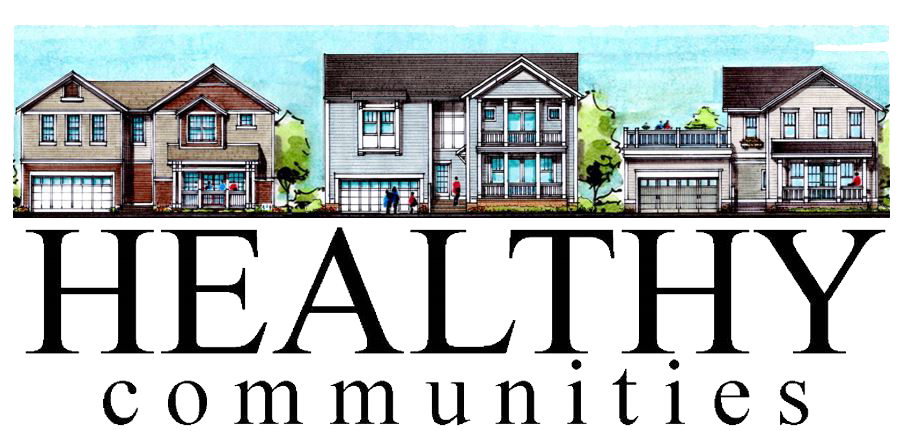Energy Star, Indoor airPLUS and Zero Energy Ready Home certifications are three common energy efficiency standards used by residential builders in Williamsburg, VA. What are the differences between them? Let’s take a look.
Energy Star
Energy Star certified homes may include a variety of energy-efficient features that improve the quality of the home while lowering its energy demands. Examples include effective insulation, high-performance windows, efficient HVAC equipment, tight construction and ductwork to prevent air leaks, energy-efficient products and appliances and third-party verification of all of the aforementioned standards.
The purpose of the Energy Star program is to provide homeowners and consumers with greater confidence in the quality of their home, a lower total ownership cost over the course of a lifetime and generally better performance of important home systems. The idea is to make the home a smart investment for any consumer.
Zero Energy Ready Home
Zero Energy Ready Home is a program through which home builders throughout the United States can achieve recognition for the steps they’ve taken to increase energy efficiency and improve air quality. The program takes some elements of the Energy Star program, as well as additional best practices from Building America.
All Zero Energy Ready Homes must be verified by a third party and display at least 40 to 50 percent greater energy efficiency than standard homes, meaning their home energy rating system (HERS) index score should be in the low to mid 50s, depending on the size of the home and the region in which it is located.
Zero Energy Ready Homes must also comply with Energy Star standards for thermal enclosure, water management, HVAC installation, energy-efficient appliances and fixtures and high-performance windows.
Indoor airPLUS
To achieve Indoor airPLUS certification, a home must already have Energy Star certification verified by a third-party inspector. Like Energy Star, the program is based on improving home performance and reducing energy consumption.
Indoor airPLUS has a particular focus on ensuring homes do not contribute to unhealthy living environments. There are minimum requirements for the kinds of filters used in HVAC equipment—they must be rated MERV 8 or higher. When air handling units are installed, they must include a filter for the remainder of construction activity to ensure the unit is protected from construction debris and dust. There should also not be any air cleaning equipment installed that has been designed in such a way that produces ozone.
The filters used in the system are recommended to be flexible and have airtight gasket materials on the surface that contacts the downstream side of the filter. They should have spring clips installed on the upstream side of the filter to make sure it remains tight in place, or should be friction fit to make it snug.
For more information about the differences between these types of certifications and the standards you must achieve to be recognized for them, contact the team of residential builders in Williamsburg, VA at Healthy Communities today. Our focus is on green and energy-efficient building, so we’re very familiar with the benefits of all of these programs and certifications.
